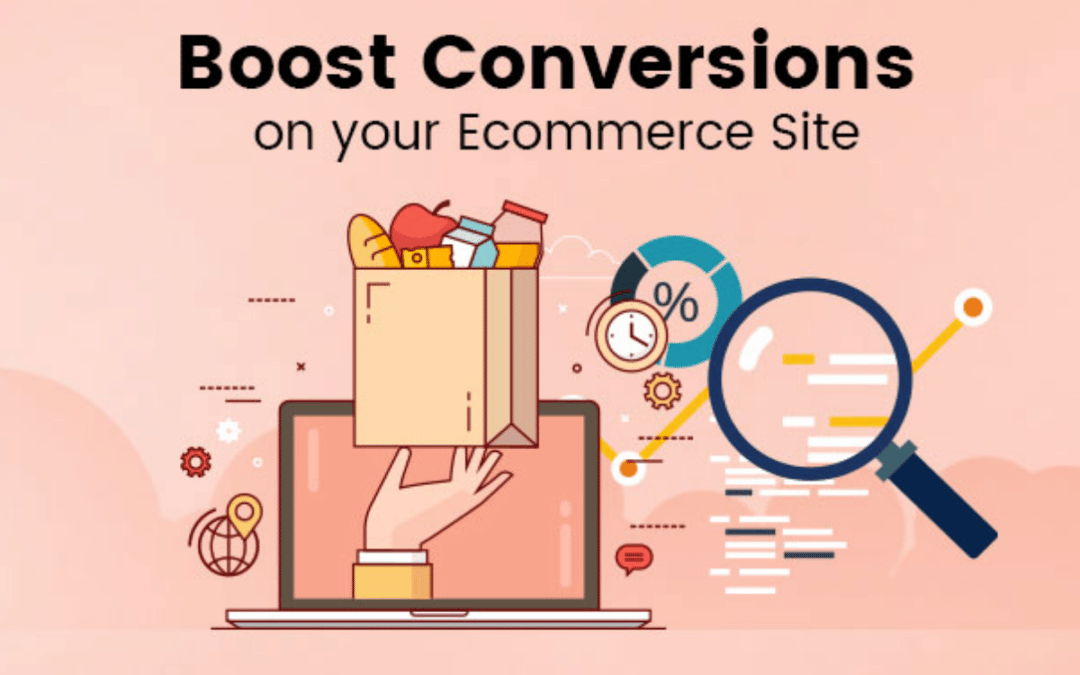You can have one of the most popular apps in the app market. But the app download rate determines the app’s revenue growth. By focusing on the app conversion rates, you can render an efficient user onboard journey and an impressive in-app experience.
Conversion rates do not just concentrate on increasing downloads but allow you to take advantage of every opportunity to improve the app’s revenue. Read on to know the techniques to optimize your conversion rates.
What is the app conversion rate?
App conversion rate is the actual percentage of users who go through the sales funnel and complete the desired action for app download or purchase.
To calculate a conversion rate for a particular marketing campaign, consider the final number of users who complete the desired action. Later on, divide it by the actual number of people targeted in that campaign.
The conversion rate of a particular campaign can be your benchmark to improve the other campaigns in the future.
What is the conversion rate for e-commerce apps?
For e-commerce apps, the conversion rate is the percentage of a user group that actually makes a purchase. So, the purchase transaction is the conversion event. That is why tracking the user funnel is critical to identify and address the leaks in the process.
The destination to purchase is intricate. It has many tricky touch points. So, it is vital to know the areas that are in need of improvement. The conversion rate helps you monitor the in-app events to understand at which step the users stumble, those which need improvement.
Best tips to optimize conversion rates for e-commerce apps.
Step-by-step tracking of events.
You need to track every event in the user funnel to understand where and why the users are dropping out. Event tracking identifies the channels that bring high-value users, user re-engagement strategy, and the critical issues in the conversion funnel.
By identifying the leaks in the steps, you will know the users who need to be re-engaged and the hiccups in the funnel that need to be fixed for an optimum conversion rate.
Run A/B tests to optimize the app content.
A/B tests evaluate the app variants by dividing the users into groups. The objective is to identify the most creative one with the best design and functionality. A/B test identifies the best form of the app asset that will influence the conversion rate. It helps you learn why users lapse, despite showing interest in converting.
Users prefer to install and use apps with a simple navigation process. So, make sure you have an error-free and friendly user experience. Give easy access to the search options and appropriate call-to-action.
Use personalized ads.
Personalized ads show to the user only the most relevant content. As a result, they give an enhanced user experience and help in user retention and recall.
Monitor the user reviews and feedback.
User reviews have the important benefit of showing users that you value their feedback and opinions. In addition, user reviews and testimonials help improve the app quality and the overall user experience.
Amazon is an ideal example that adapts the technique of displaying reviews for all its products.
Engage users for the best conversion.
Push notification is an effective marketing technique to re-engage and connect with the users. Personalize the push notifications to show the users that you care and are interested in connecting with them. In-app messages in another way by which you can converse and connect with the existing users to gain a long-standing user relationship.
Recommended: Here’s our comprehensive guide on app conversion optimization.

